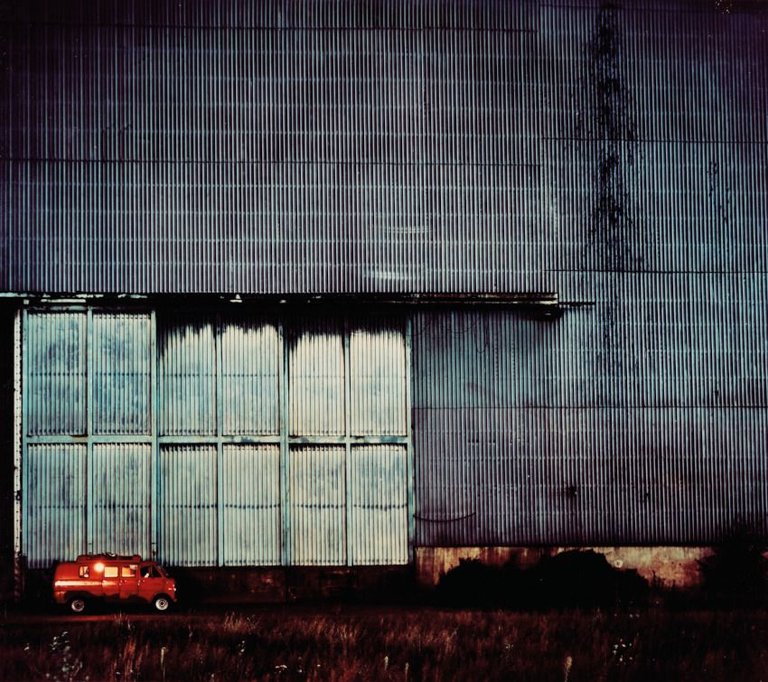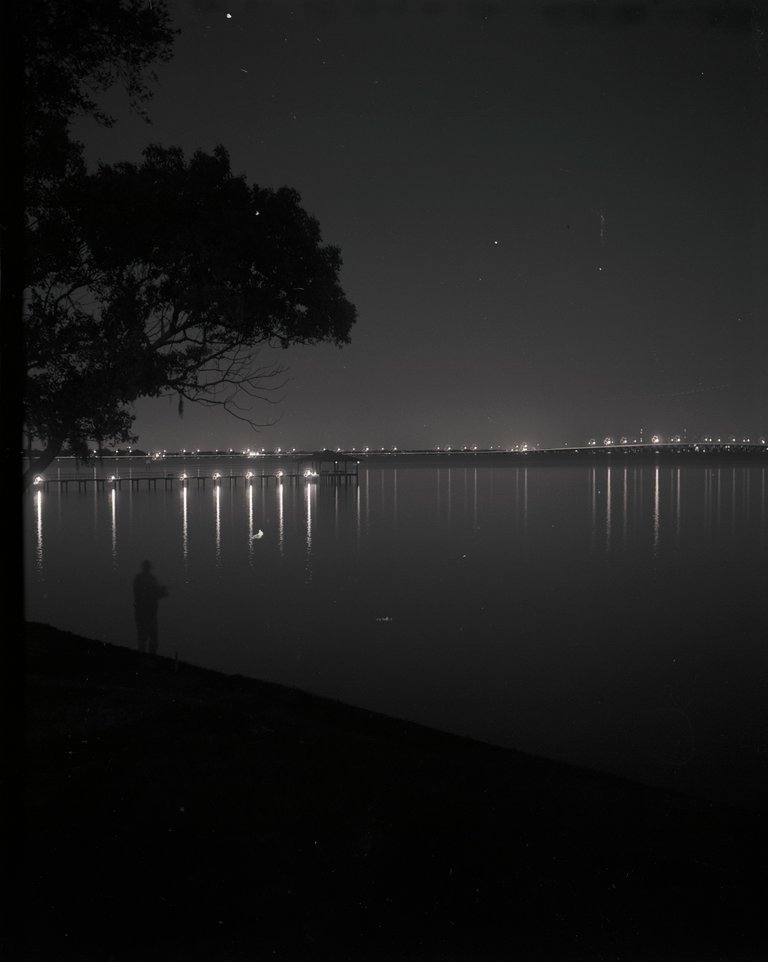
"Film isn't as flexible as digital" is a refrain that I hear from time to time. On the surface I have to agree, I can do some pretty crazy stuff with my digital camera. It's a tool that has opened many doors of creativity for me.

But why can't I do creative things with film as well? I have been a bit stuck lately. I got into film because I wanted to experiment and play. But after seeing how expensive film is I stopped playing and just shot boring "normal" (i. e. safe) snaps. The "art" has slipped from my work.
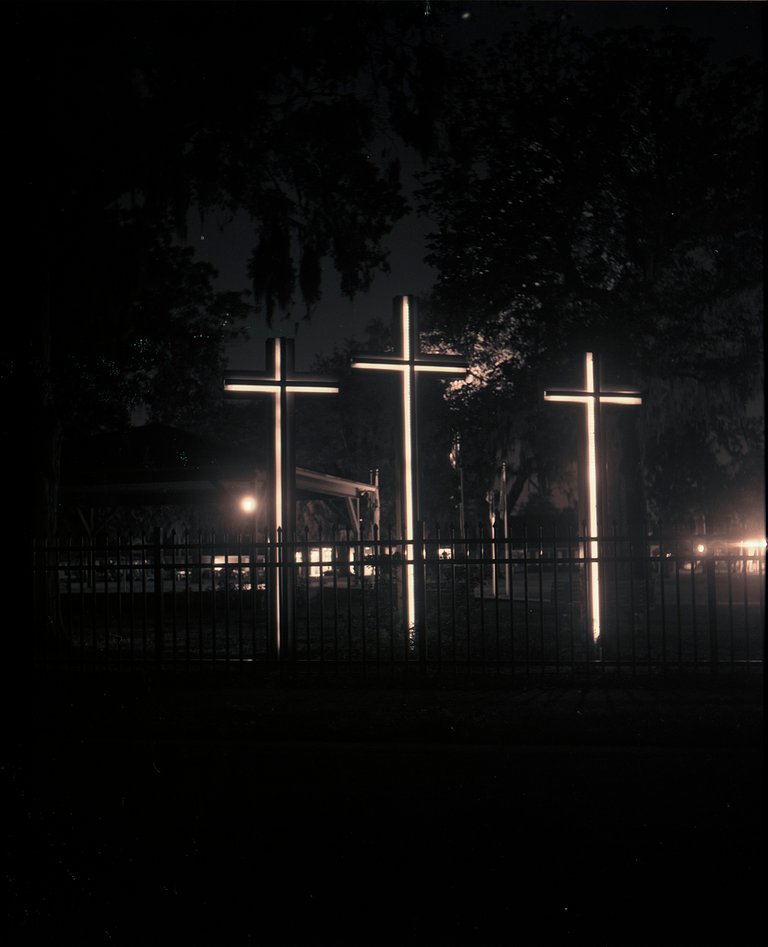
I blame the film prices, but it's also the fact that I had serious G. A. S. and bought a dozen or so cameras in the last six months. I haven't even had a chance to use them all. Every roll was a test just to see if the camera worked, so of course they couldn't be creative experimental shots.
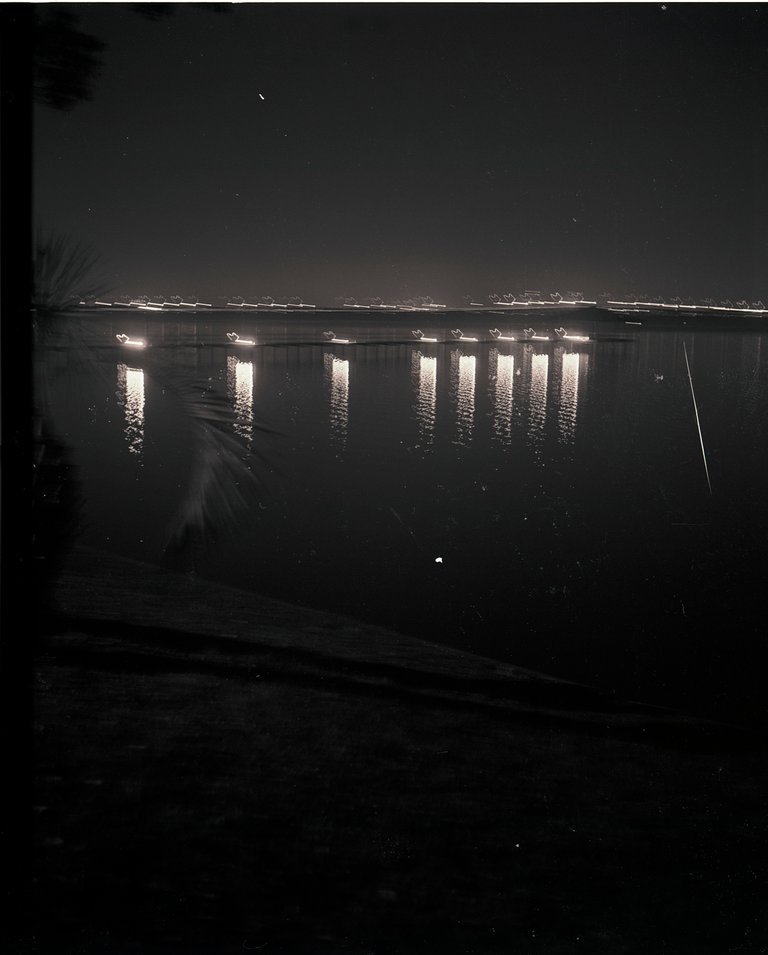
Well, I think I broke that habit. These are long exposures that I took with my 1937 Zeiss Ikon Super Ikonta 530, a camera I affectionately call "the Frau", and one I am quite familiar with using. Knowing the camera means I could play a bit.
I used a light meter app on my phone and if I remember correctly the first two images are 21 second exposures and the rest varied.

Just because the film is 400 ISO doesn't mean one can't find a way to use it in the dark. Wide open apertures, a tripod, and many seconds are all that are needed to make film just as flexible as digital!
Camera: Zeiss Ikon Super Ikonta 530
Film: Kentmere Pan 400
Developed in Caffenol as always and scanned with the Epson V600
—————--------------------—————
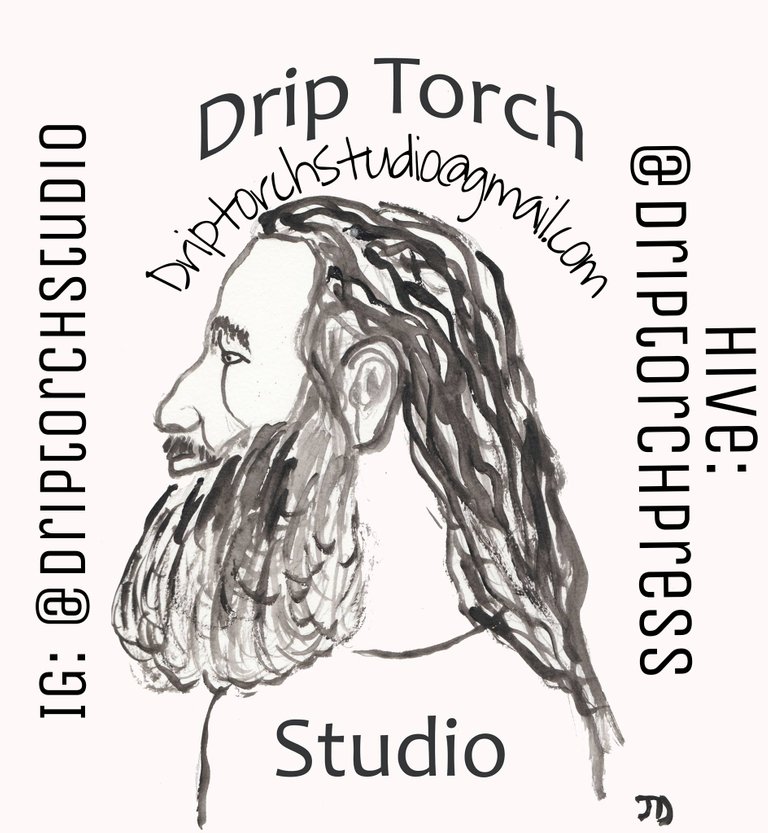
S. D. G.
Be sure to add me to your fanbase on Hive Auto so you never miss an Upvote!
Get up to 12 #FREE Fractional Shares valued up to $30,600 by opening & funding a #Webull brokerage account! Use my link to get started!
I'd like to invite you to use Uphold. Create your account and try out one of the easiest and most cost-effective trading experiences. You can pay fiat for crypto just by connecting a bank account and depositing directly into your account. Not only that but if you get the Uphold card you can pay with crypto anywhere that Mastercard is accepted!
https://uphold.com/signup?referral=c9cdfce131
Check out my nfts for sale on NFT Showroom!
Would you like to get paid in crypto for searching the internet? Try using and signing up for Presearch to earn some great crypto! I've currently got 26.23PRE tokens, with a market value of $6.24. It’s no fortune, but when you search using sites like Google you get paid $0.
Join Presearch to break Google's stranglehold on internet searches!!!
Get 25 PRE just for signing up!
I'm now a Xero Shoes affiliate, click here to find the best barefoot shoes available!
